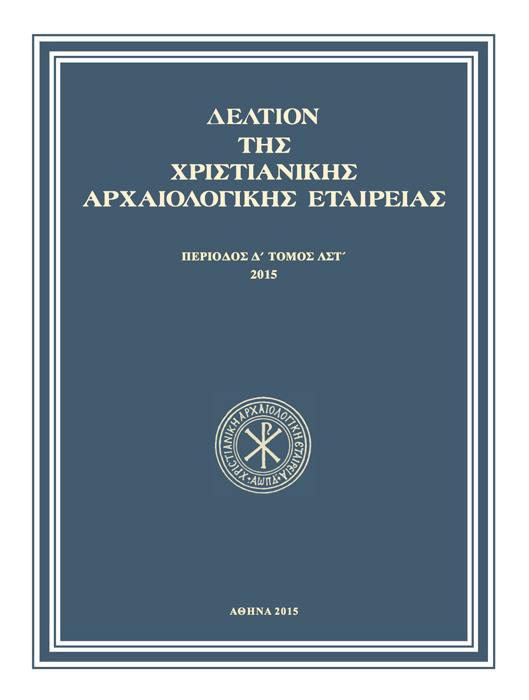Silk, Culture and Being in Byzantium: How far did Precious Clothe Enrich “Memory” and Shape “Culture” Across the Empire (4th-15th centuries)?

Abstract
The article investigates the relationship of “culture” to “being” and “memory” as expressed on Byzantine silks of the 4th-15th centuries. The method used to explore the silks includes application of contemporary material culture theory. This allows analysis of how messages about political ideology, religious belief and social norms were embedded in the silks and then how these messages were communicated via ceremonial and ritual enactment. The overall impression given by the silks is that they were an important tool for cultural tradition transmission and that their prime purpose was to en- hance the image of Byzantium at home and abroad, as a well ordered and idealised Christian Empire.
Article Details
- How to Cite
-
MYTHESIUS, A. (2016). Silk, Culture and Being in Byzantium: How far did Precious Clothe Enrich “Memory” and Shape “Culture” Across the Empire (4th-15th centuries)?. Deltion of the Christian Archaeological Society, 36, 345–362. https://doi.org/10.12681/dchae.1793
- Section
- Articles

This work is licensed under a Creative Commons Attribution-NonCommercial-ShareAlike 4.0 International License.
The copyright for articles in the journal Deltion of the Christian Archaeological Society (henceforth Deltion) is retained by the author(s), with first publication rights granted to the journal and to EIE/ EKT the right to store and communicate these articles to the public via its information infrastructures. By virtue of their appearance in this journal, articles are free to use with proper attribution for non-commercial uses under a ShareAlike obligation. The Christian Archaeological Society and EIE/EKT retain the worldwide right to reproduce, display, distribute, and use articles published in the Deltion in all formats and media, either separately or as part of collective works for the full term of copyright. This includes but is not limited to the right to publish articles in an issue of the Journal, copy and distribute individual reprints of the articles, authorize reproduction of articles in their entirety in another publication of the Christian Archaeological Society, and authorize reproduction and distribution of articles or abstracts thereof by means of computerized retrieval systems.


